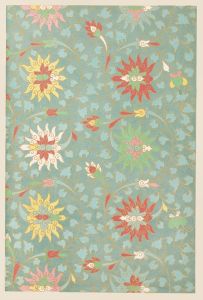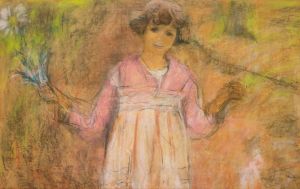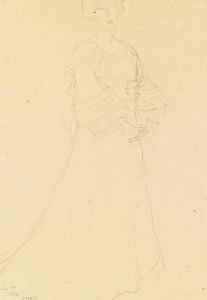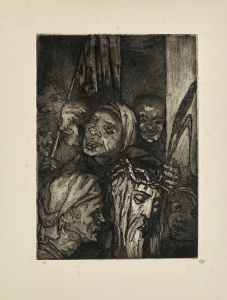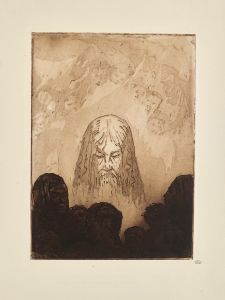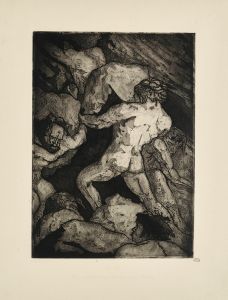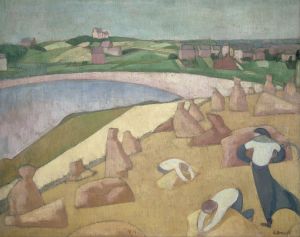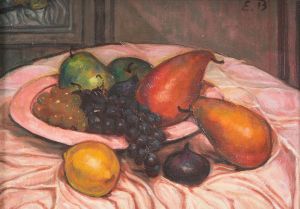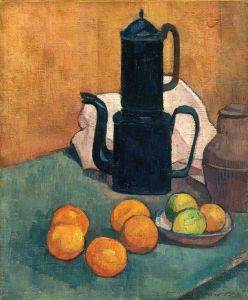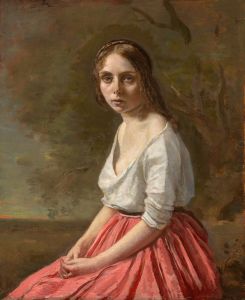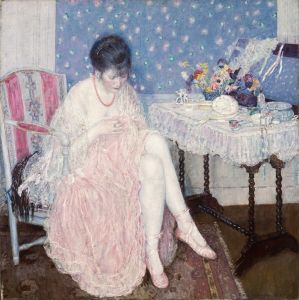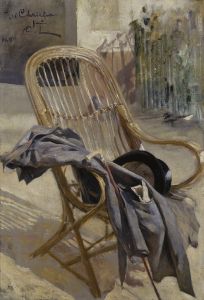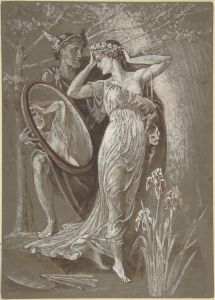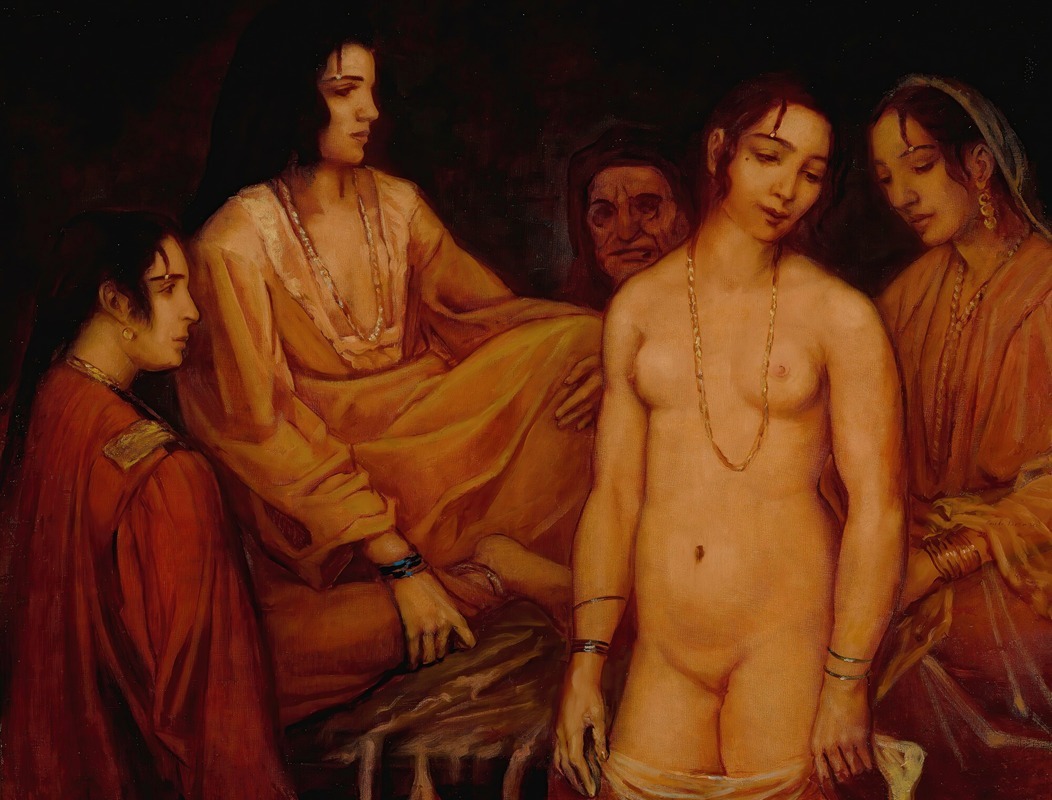
Au Harem
A hand-painted replica of Emile Bernard’s masterpiece Au Harem, meticulously crafted by professional artists to capture the true essence of the original. Each piece is created with museum-quality canvas and rare mineral pigments, carefully painted by experienced artists with delicate brushstrokes and rich, layered colors to perfectly recreate the texture of the original artwork. Unlike machine-printed reproductions, this hand-painted version brings the painting to life, infused with the artist’s emotions and skill in every stroke. Whether for personal collection or home decoration, it instantly elevates the artistic atmosphere of any space.
"Au Harem" is a painting created by the French artist Émile Bernard in 1885. Bernard was a significant figure in the Post-Impressionist movement and is known for his contributions to the development of Cloisonnism and Synthetism, styles characterized by bold outlines and flat areas of color.
The painting "Au Harem" depicts an interior scene of a harem, a private space in a Muslim household reserved for women. This subject matter reflects the 19th-century European fascination with Orientalism, a term used to describe the depiction of Eastern cultures by Western artists, often characterized by exoticism and romanticized portrayals. Orientalism was a prevalent theme in European art during this period, influenced by increased travel and colonial expansion.
In "Au Harem," Bernard employs a vibrant color palette and strong, defined lines, which are hallmarks of his style. The composition features women in traditional attire, lounging and engaging in leisurely activities within a richly decorated interior. The use of decorative patterns and the attention to detail in the textiles and furnishings highlight Bernard's interest in the aesthetic qualities of the scene.
Émile Bernard's approach to this subject matter was influenced by his interactions with other artists of his time, including Paul Gauguin and Vincent van Gogh. Bernard and Gauguin, in particular, shared a mutual interest in exploring new artistic techniques and themes, which led to the development of Synthetism. This style emphasized the synthesis of form and color to convey emotional and symbolic content, rather than focusing on realistic representation.
"Au Harem" is an example of Bernard's early work, created during a period when he was experimenting with different styles and themes. His exploration of Orientalist subjects was part of a broader trend among European artists, who were captivated by the perceived exoticism and mystery of Eastern cultures. However, it is important to note that such depictions often reflected Western stereotypes and fantasies rather than accurate representations of the cultures they portrayed.
The painting is part of Bernard's broader body of work, which includes a variety of subjects ranging from religious themes to landscapes and portraits. Throughout his career, Bernard continued to evolve his style, moving from the influence of Impressionism to more symbolic and abstract approaches.
"Au Harem" is housed in the Musée d'Orsay in Paris, which holds an extensive collection of 19th-century art. The museum's collection includes works by many of Bernard's contemporaries, providing context for his contributions to the Post-Impressionist movement.
In summary, "Au Harem" by Émile Bernard is a notable example of 19th-century Orientalist art, reflecting the artist's interest in exotic themes and his innovative use of color and form. The painting offers insight into Bernard's artistic development and the broader cultural trends of his time.





